At the start of March Hamish Christie one of our patrolling members was selected to represent Surf Life Saving NSW on exchange over in New Zealand. The exchange program saw two candidates from NSW head over to New Zealand to learn the ways the Kiwis patrol, learn some different techniques that are commonly used in NZ and teach the locals some skills they don’t normally use.
I was selected after the exchange I went on back in January to up to Byron Bay. The purpose of the NZ exchange was to develop and bring back skills learned through attending SLSNZ’s intermediate lifeguard school. We were situated at Bethells beach on the west coast of the North Island of NZ for 5 days. While we were there we did an array of activities that challenged both my physical fitness and mental strength.
The focus of the guard school is to teach young lifeguards (lifesavers) the essential skills of lifesaving on NZ’s west coast away from the flags. This included search and rescue techniques, rock-based water entries entry and exits, cave work, cooperation with police as well as search and rescue and scenarios. Funnily enough board rescues were also a feature in the program. Due to the nature of the beaches and conditions that they experience in New Zealand board rescues are very rarely used and therefore are not a component of the bronze medallion. So naturally us Aussies took it upon ourselves to take the board component.
The west coast of NZ is renowned for having enormous surf and it definitely did not disappoint me. It must have been some of the biggest surf I have ever been in with some waves in the 10+ foot range! Something we don’t get to learn/ experience in Oz is rock rescue techniques. However over in NZ, it is one of the most useful skills to know as a lifesaver. The large volcanic rock shelves present a huge amount of danger to the general public and often lead to a lot of rescues. So knowing how to enter and exit the water is top on the priority list for any good West Coast lifesaver. There are also many caves that people get dragged into meaning that every lifesaver must know the ins an outs of the caves at their beach. We were taught how to navigate rocks and caves safely both solo and with a patient. As the swells dragged me up to 20m in and out of the caves I really got a good perception how one can panic if they were caught in there!
I was able to see the similarities and differenced between surf lifesaving in Australia and surf lifesaving in New Zealand. It was clear that they had been developed with the same foundations but adapted to the local environment. Which allowed me to have a truly unique experience that can not be replicated back home.
I had a fantastic time and have plenty of stories that I can tell you! If you want to know any more about the exchange or how you could get involved in something similar to this don’t hesitate to ask me in person or email:
marketingVP@longreef.com
Hamish
- Rock exit from the water
- Entry into the water from the rocks
- Police Helicopter
- Patient entry into the water
- Scanning for the right wave to enter the water on
- Exiting the water
- Swell rolling through ‘The wedge’
- Group waiting to enter the water wiht massive wave behind
- Group waiting to enter the water wiht massive wave behind
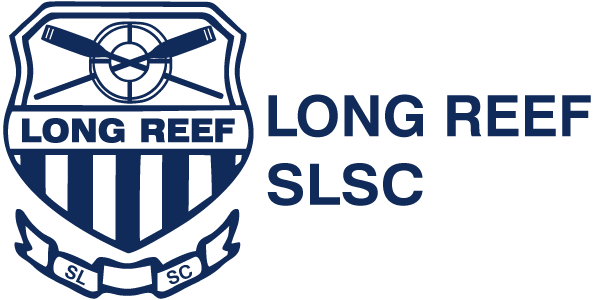
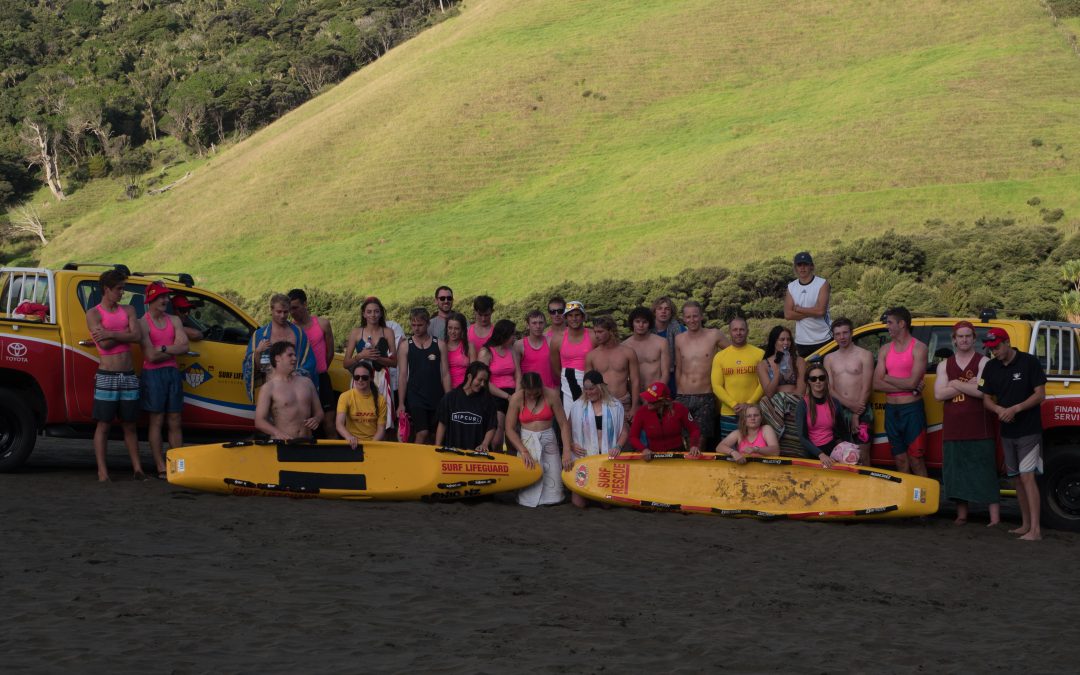
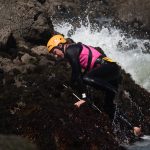

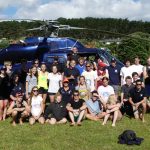
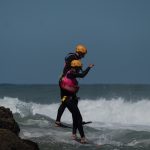
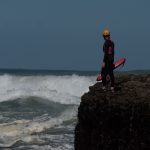
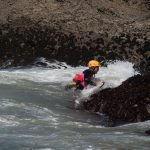
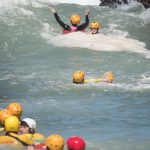


Recent Comments